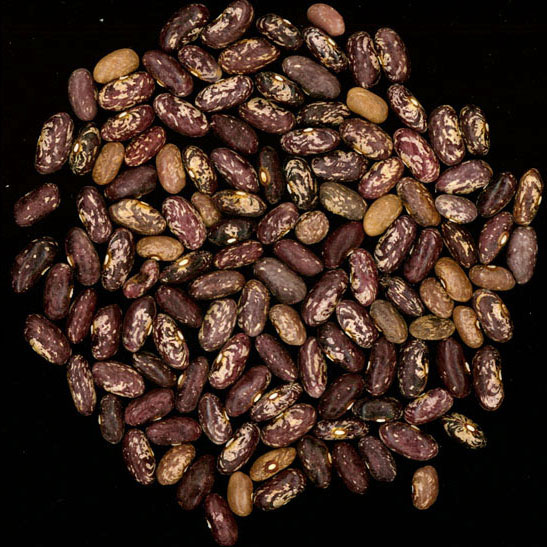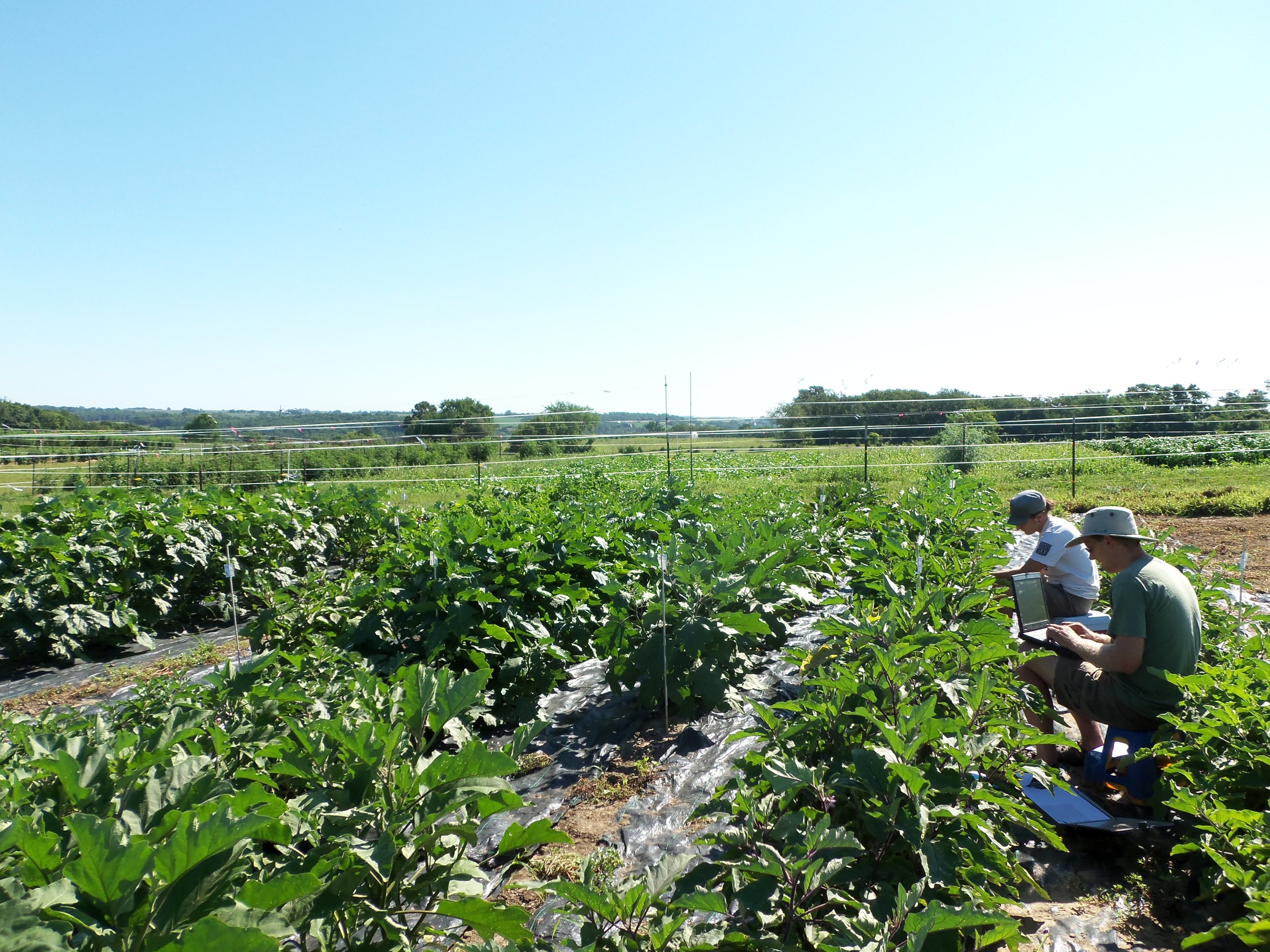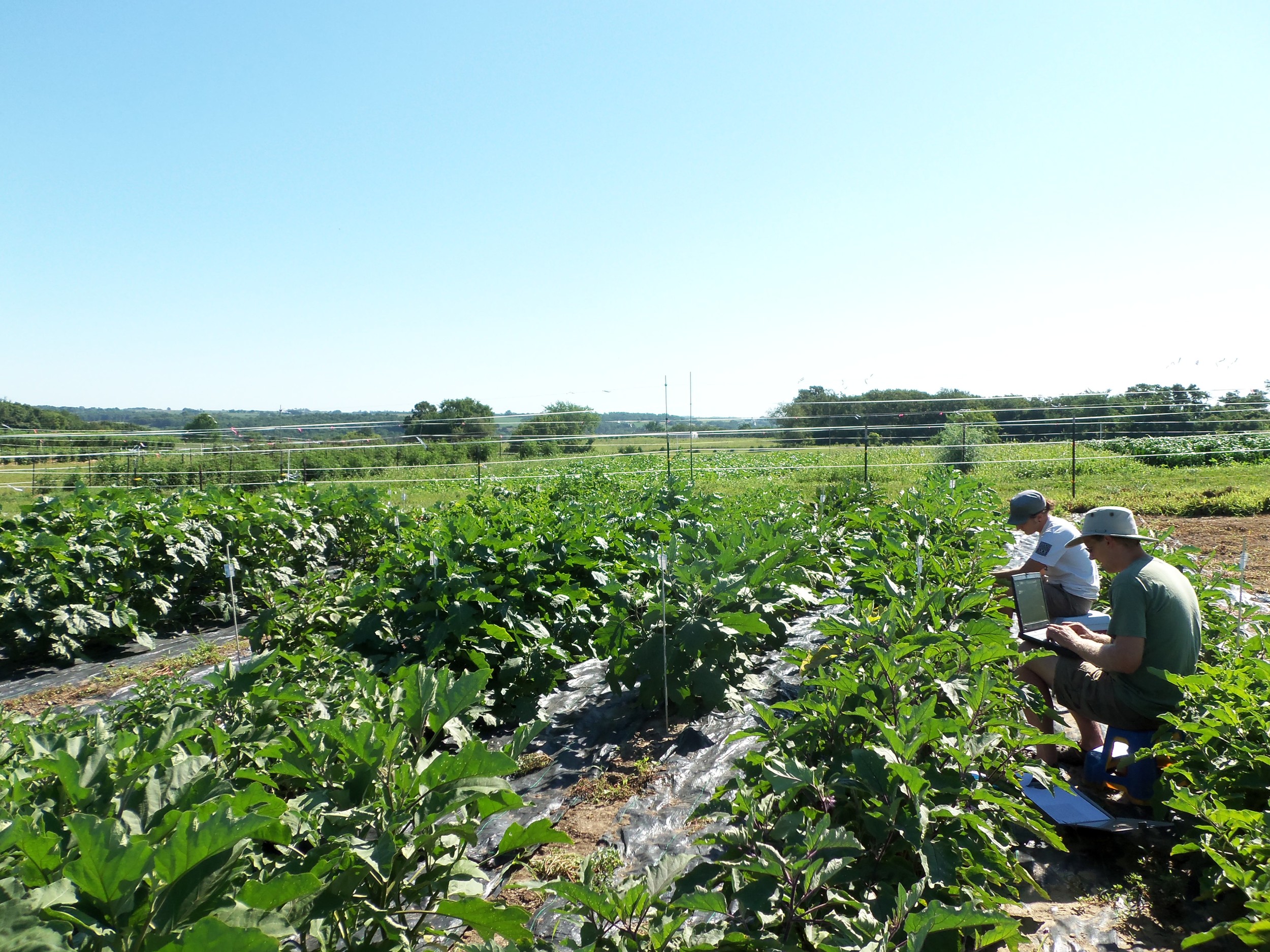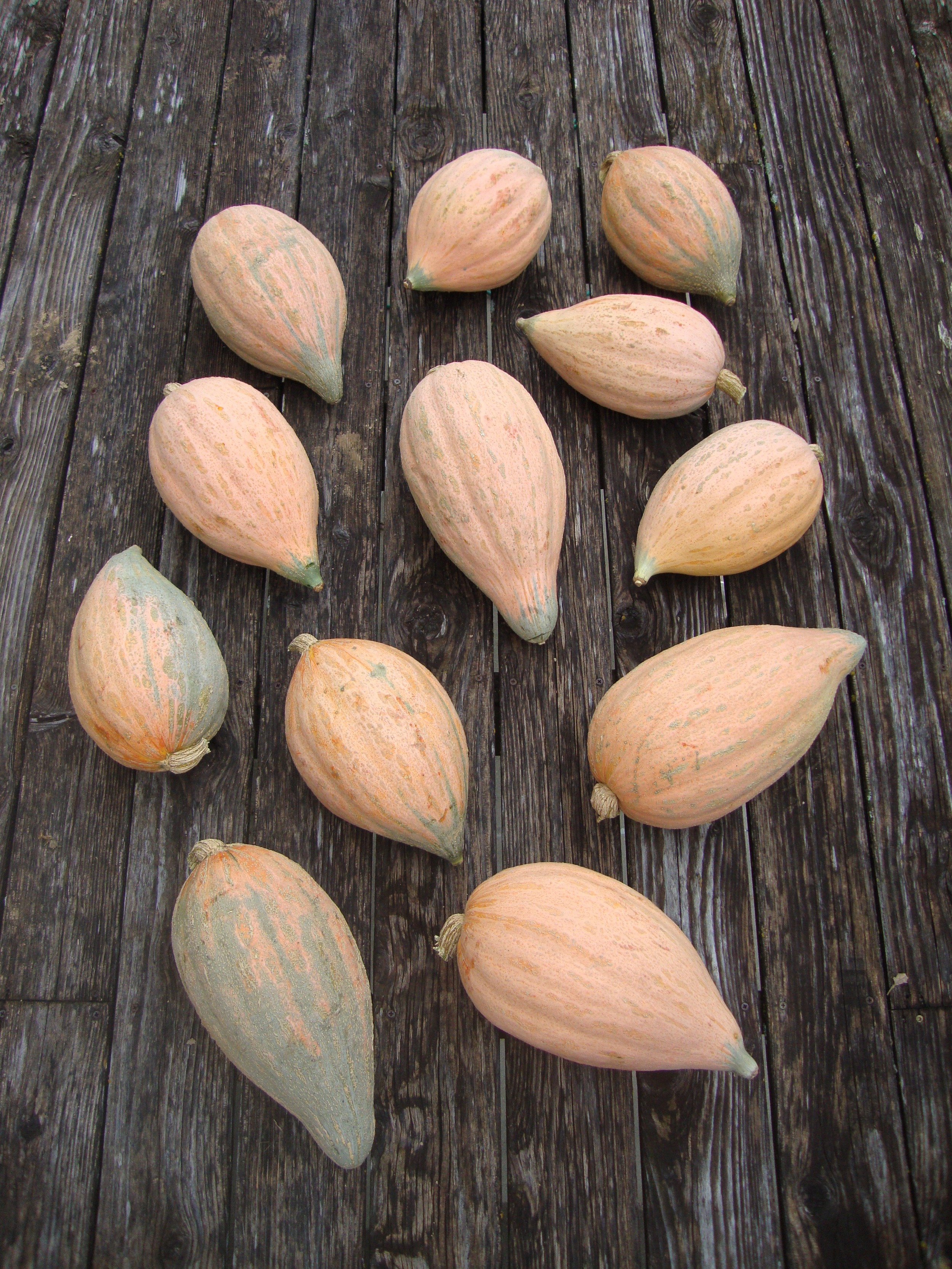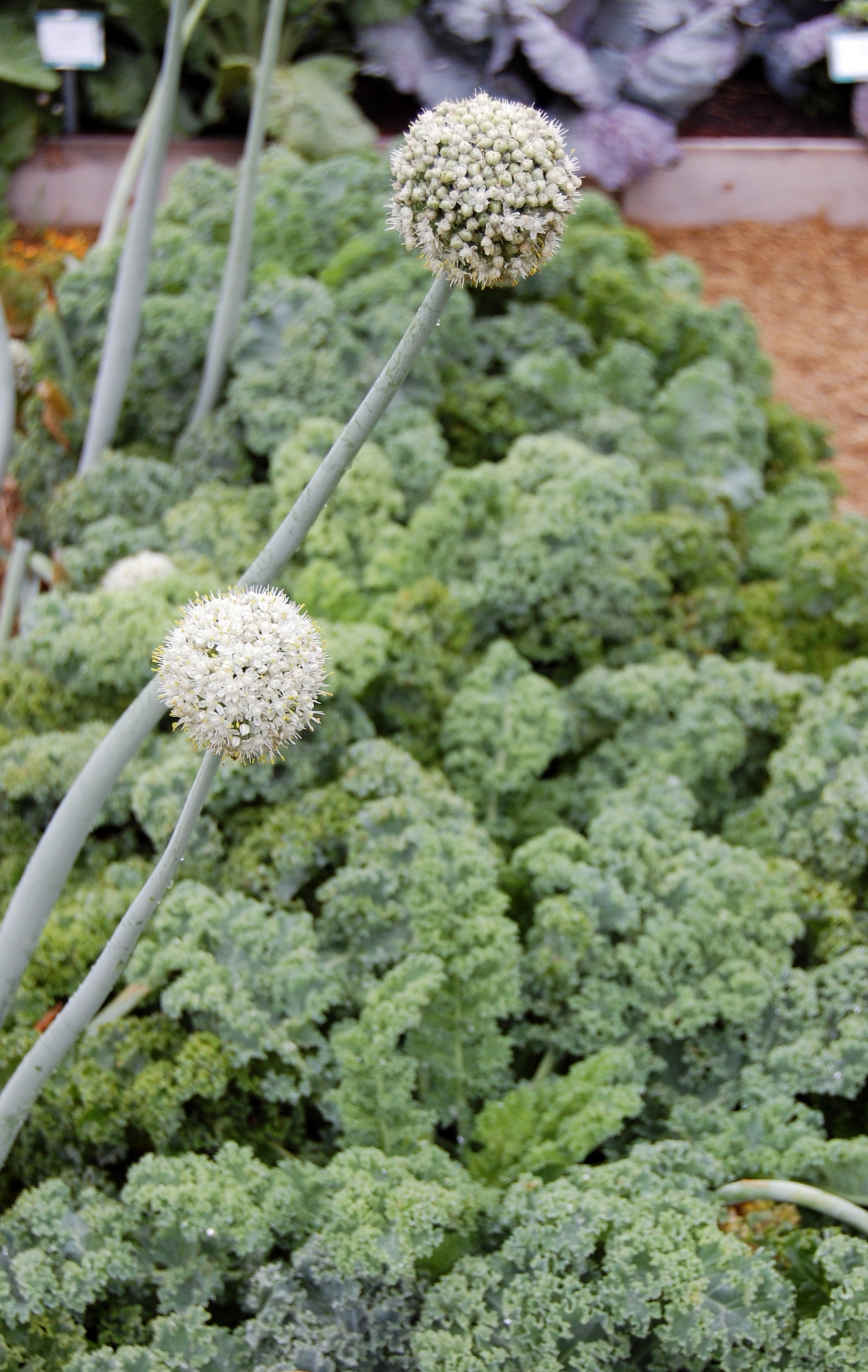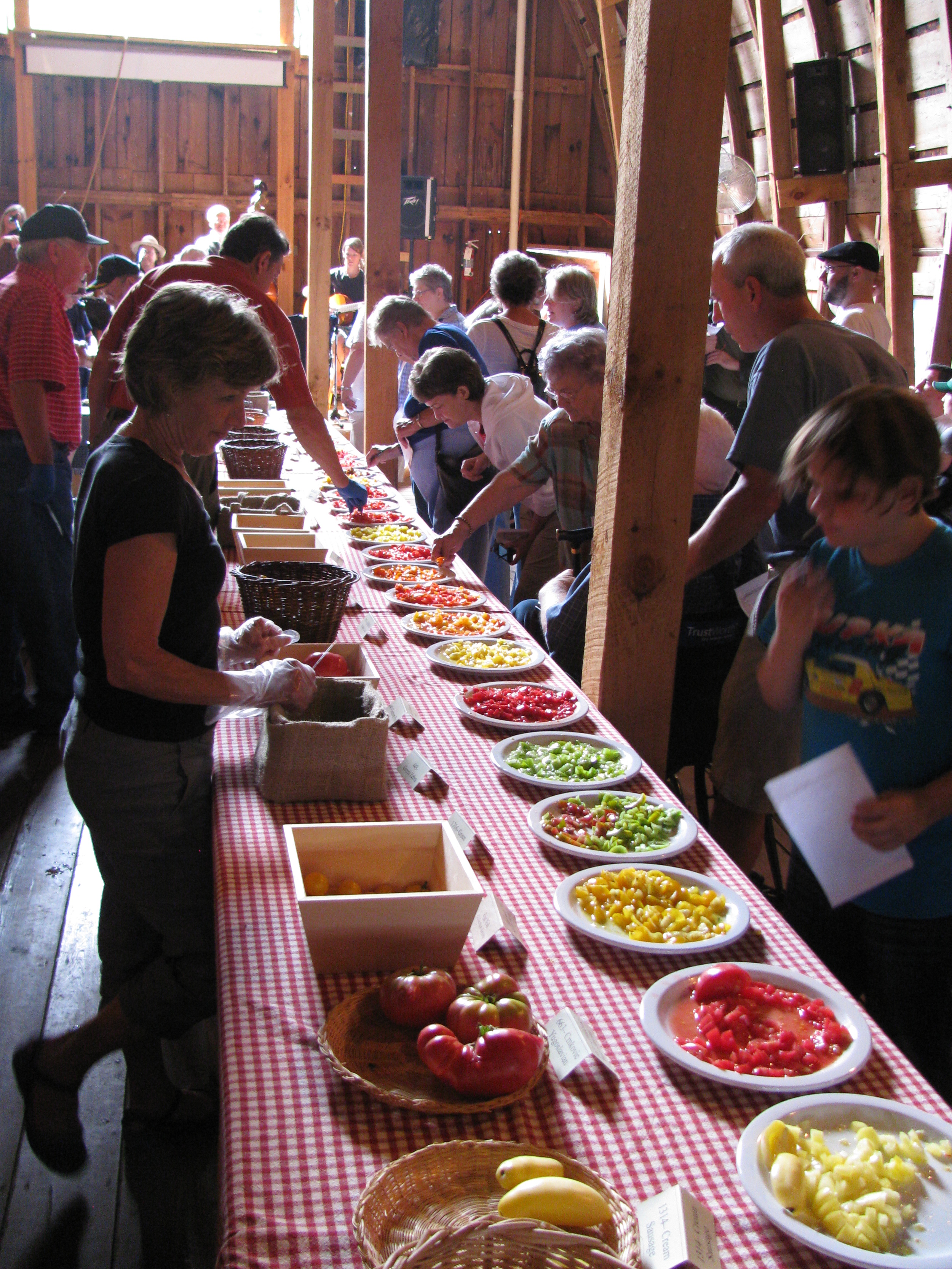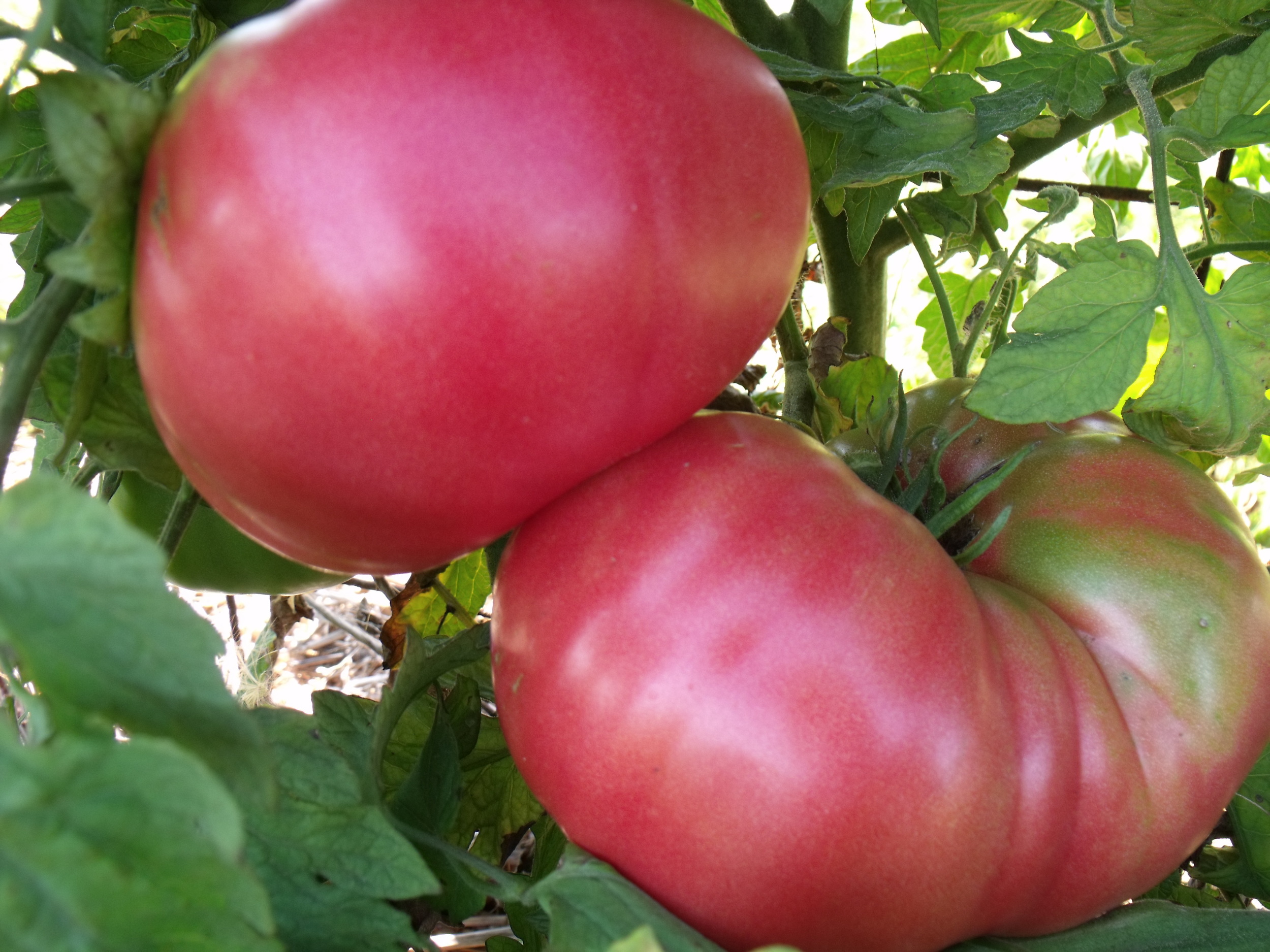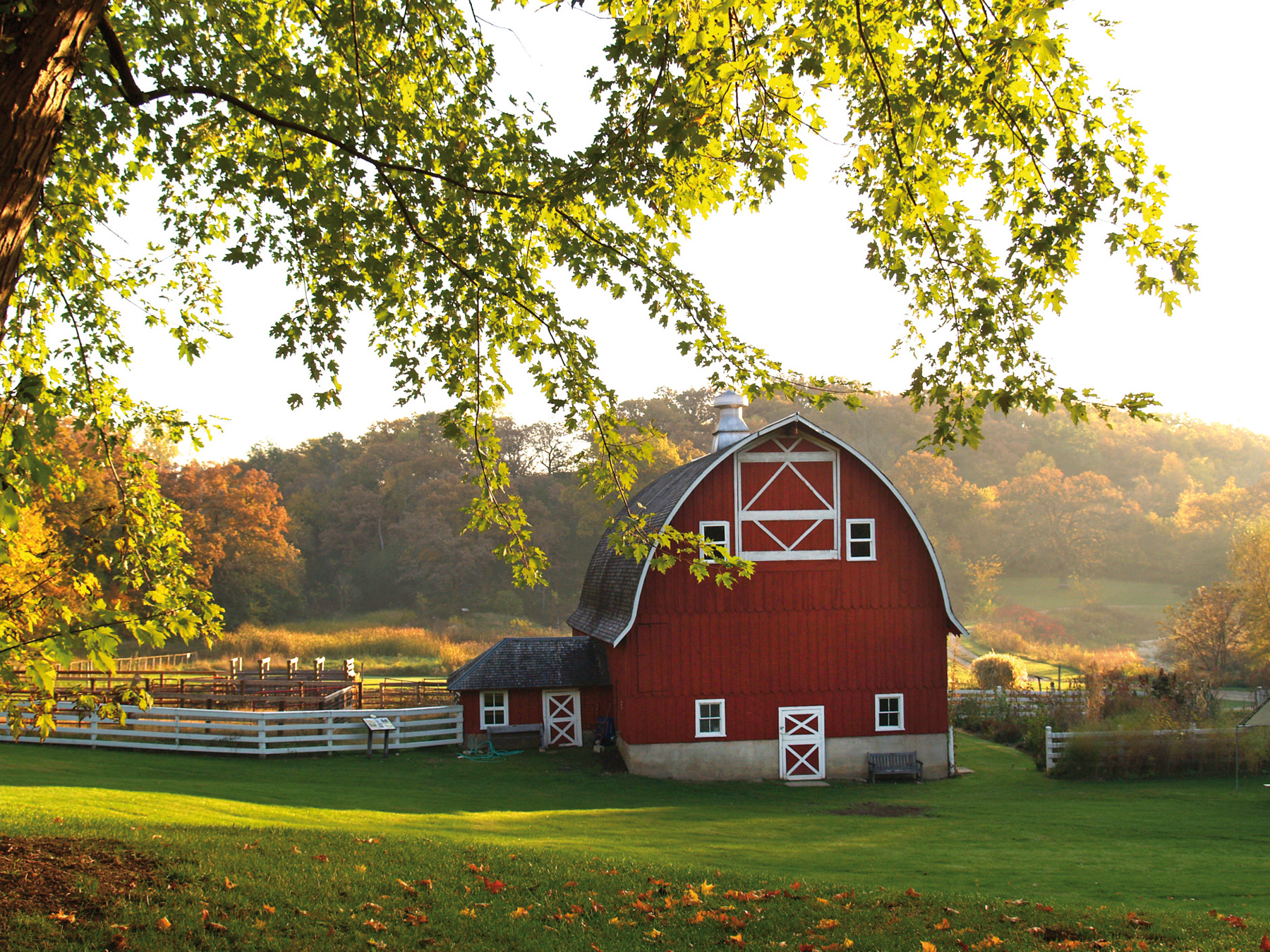Antique apple varieties on display at Seed Savers Exchange’s Harvest Festival
/
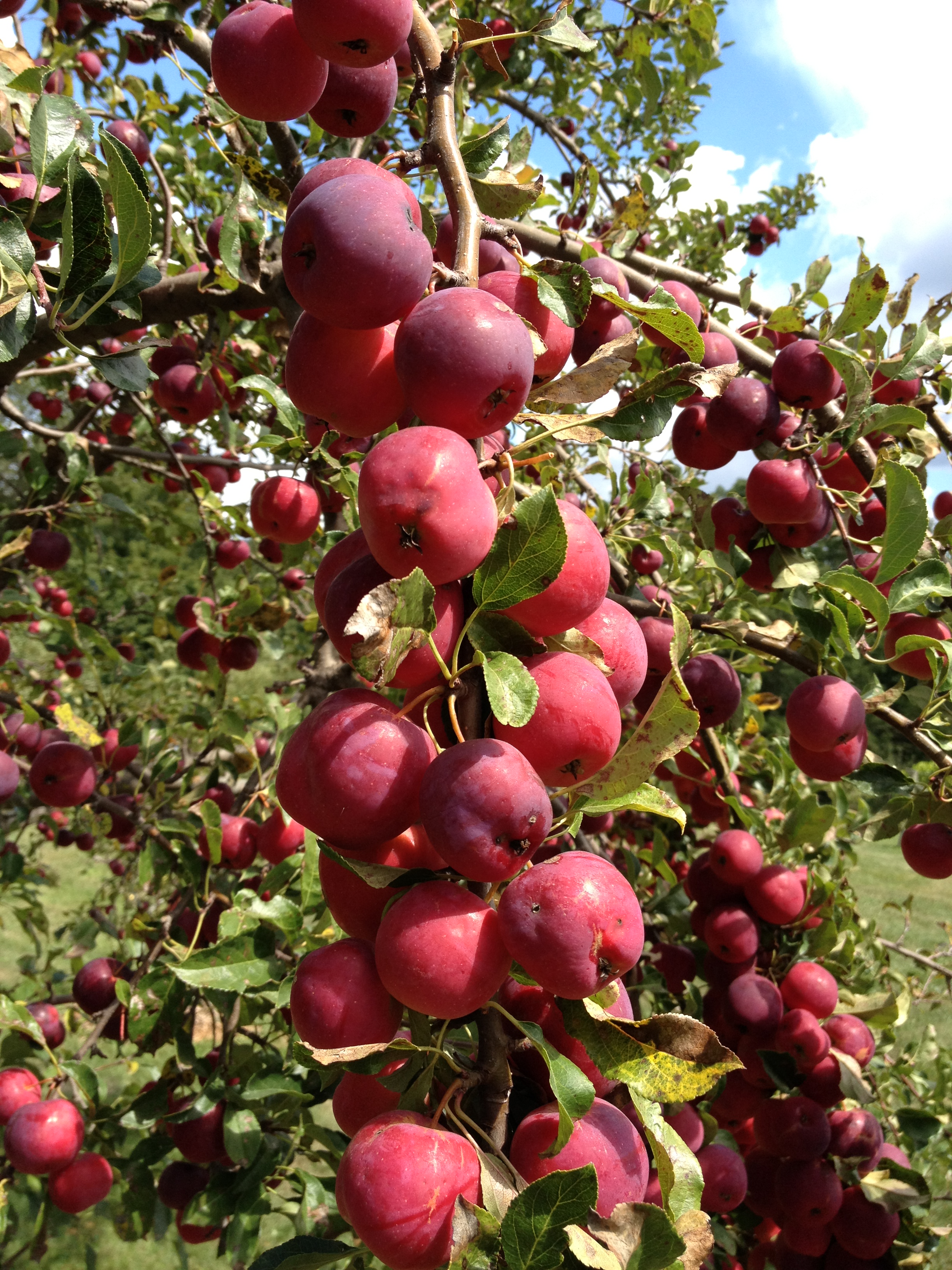 If you love apples, then you won’t want to miss the Harvest Festival at Seed Savers Exchange on Saturday, October 13, 10:00 am – 4:00 pm. Come learn that there is more to American apple diversity than Red Delicious and all her modern cousins.
If you love apples, then you won’t want to miss the Harvest Festival at Seed Savers Exchange on Saturday, October 13, 10:00 am – 4:00 pm. Come learn that there is more to American apple diversity than Red Delicious and all her modern cousins.
Bring your seeds saved from this year’s harvest for the seed swap. Sample antique apple varieties and vote in the Harvest Soup Cook-off featuring area chefs from La Rana, McCaffrey’s Dolce Vita, Oneota Community Food Cooperative, and QUARTER/quarter.
Other events taking place at the Seed Savers Exchange Harvest Festival—tours, seed swap, apple pressing, and hayrides—begin at noon. Children’s activities—squash squisher, pumpkin carving & seed saving, seed packet making and collecting, pillow sack threshing, and a garden scavenger hunt—will be happening all day.
Harvest Lecture Series
This year Seed Savers Exchange presents several lectures, including two speakers who are devoted to using healthy food as a tool for developing communities.
- 10:00am Seed Savers Exchange—“Seed Processing.” Learn how to process seeds and prepare them for storage.
- 11:00am Seed Savers Exchange—“Seed Stories.” Hear the stories and learn how some of our favorite varieties came to be. Seed Savers Exchange launched the Collection Origins Research Effort (CORE), a massive sleuthing effort to collect and record complete histories of thousands of varieties.
- 12:00pm Seed Savers Exchange—“Hard Cider Making.” Learn various ways hard cider can be made.
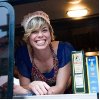 1:00pm Emily Torgrimson—“Sponsoring community meals to support charitable organizations.” Torgrimson is founder of Eat for Equity, a non-profit that stages community meals and uses the donations to fund the work of charitable organizations. Featured on the TODAY Show, Eat for Equity has branches in Minneapolis, Boston, Portland, Washington D.C. and Phoenix.
1:00pm Emily Torgrimson—“Sponsoring community meals to support charitable organizations.” Torgrimson is founder of Eat for Equity, a non-profit that stages community meals and uses the donations to fund the work of charitable organizations. Featured on the TODAY Show, Eat for Equity has branches in Minneapolis, Boston, Portland, Washington D.C. and Phoenix. 3:00 pm Dan Carmody—"Developing Regional Food Systems." Carmody is the President of the Eastern Market Corporation, Detroit, Michigan, where he leads the non-profit charged with converting one of the nation’s oldest and largest public markets into the nation’s most comprehensive healthy metropolitan food hub.
3:00 pm Dan Carmody—"Developing Regional Food Systems." Carmody is the President of the Eastern Market Corporation, Detroit, Michigan, where he leads the non-profit charged with converting one of the nation’s oldest and largest public markets into the nation’s most comprehensive healthy metropolitan food hub.
Seed Saving Workshop
For the garden enthusiast, a full-day workshop on the fundamentals of seed saving will be held on Sunday, October 14, from 10:00 am - 4:00 pm. This includes an introduction to seed saving, saving biennials, wet and dry processing and storing seeds. Participants will get hands-on seed saving experience. Preregistration is required. Cost is $40 and includes a box lunch (Seed Savers Exchange members receive a 10% discount). Register here.
Located six miles north of Decorah, Seed Savers Exchange is a non-profit membership organization dedicated to the preservation and distribution of heirloom seeds. Seed Savers Exchange maintains a collection of thousands of open pollinated varieties, making it one of the largest non-governmental seed banks in the United States. For information visit www.seedsavers.org.
For more information contact:
Shannon Carmody Seed Savers Exchange shannon@seedsavers.org 563-387-5630




